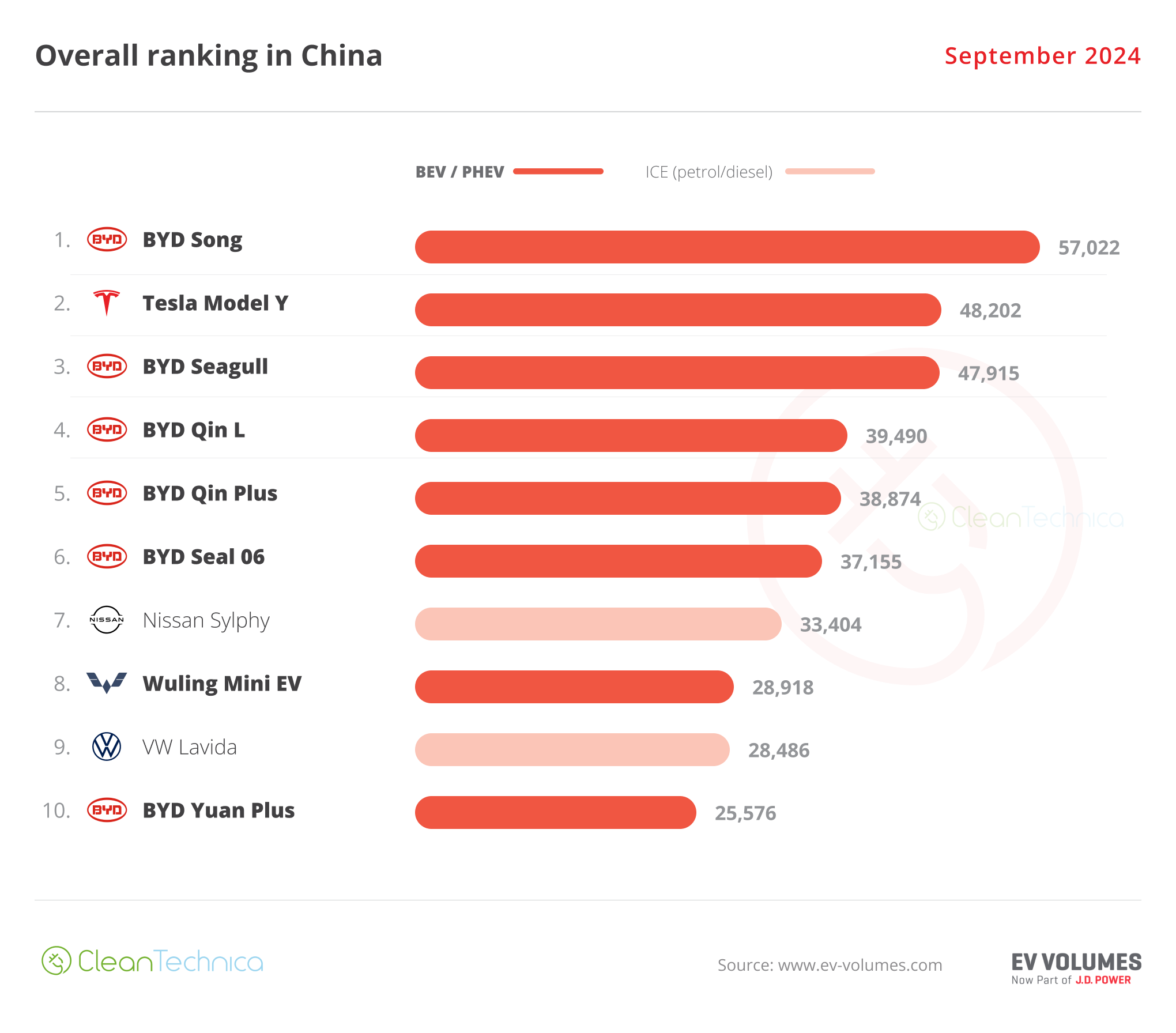Sign up for daily news updates from CleanTechnica on email. Or follow us on Google News!
The massive Chevron Questa molybdenum mine in New Mexico was an environmental disaster of epic proportions until it closed in 2014, and now an intricate, decades-long remediation effort is under way. In the latest development, plans are in the works to produce green hydrogen at the site, with the ultimate goal of enabling the local utility to fill a critical storage gap in its renewable energy profile.
Green Hydrogen For Long Duration Energy Storage
The utility in question is the Kit Carson Electric Cooperative, which serves the village of Questa and surrounding communities in sparsely populated Taos County, New Mexico. KCEC has been jumping all over the renewable energy trend, billing itself as “one of the cleanest energy cooperatives in America.” It is already delivering 100% solar power during the day with a total of 41 megawatts in capacity under its belt.
KCEC is not stopping there. The ultimate goal is 100% renewables day and night, with an interim goal of more than 70% renewables 24/7 by 2028. To get there, KCEC needs to level up its energy storage profile.
KCEC has been relying on lithium-ion battery technology for energy storage. However, typical BESS (battery energy storage systems) only last a few hours. In contrast, the US Department of Energy is targeting a bare minimum of 10 hours for long duration systems on up to the range of weeks or even months, enabling grid managers to call upon stored-up renewable energy when solar or wind resources fall short, day or night.
With that in mind, KCEC plans to add locally produced green hydrogen to its portfolio. Though hydrogen tends to attract media attention as a input for fuel cell electric cars, it is also regarded as a transportable, scalable energy storage medium. Hydrogen can sit in storage tanks indefinitely, until called into use. KCEC anticipates that its green hydrogen network will provide up to 16 hours of storage, about 4-6 times more than it presently gets from its battery arrays. The hydrogen will also be used to as fuel for the heavy-duty remediation vehicles plying the site.
First Ever Superfund Site To Produce Green Hydrogen
Green hydrogen is a new industry and it is still in the whisper-thin stage. However, the technology is rapidly maturing towards a big sustainability improvement over the current state of affairs, in which natural gas and coal are the main sources of hydrogen in the global supply chain. Instead, green hydrogen is produced in electrolysis systems powered by renewable energy (see more hydrogen background here).
One of the sticking points, though, is water. There being no such thing as a free lunch, green hydrogen is produced from water, and water resources are stretched thin in many parts of the world.
One solution is to pair electrolysis systems with wastewater treatment operations, and that’s where the Chevron Questa mine comes in. Formerly called the Molycorp Mine, the vast site began operating in the 1920s. After the mine closed in 2014, the site has been under remediation through the Superfund program administered by the US Environmental Protection Agency. It covers three square miles, plus another 1.5 square miles for disposal of tailings, the waste left over after molybdenum was extracted from the ore.
“While the mine was operating, about 328 million tons of acid-generating waste rock were excavated and deposited in nine large waste rock piles,” EPA expalins. “After molybdenum was extracted from ore, the tailing was transported by pipeline to a tailing facility where it was deposited in tailing impoundments.”
As far as KCEC is aware, the Chevron Questa project network will be the first operation in North America to divert wastewater from a Superfund site to produce green hydrogen with renewable energy. They can depend on a steady supply of water, too. Remediation of the mine itself is expected to continue into the 2040s. The effort also includes treating contaminated water from the tailings to the tune of 1 million gallons per day, an operation that is expected to continue “in perpetuity.”
Who’s Gonna Pay For All This?
The project took a major step forward on September 30, when the US Department of Agriculture selected KCEC as a finalist for an award of $95.6 million towards making the green hydrogen project happen. The award follows a $500,000 grant from the US Department of Energy earlier this year, which went to planning and safety studies.
If all goes according to plan, the Village of Questa, the Town of Taos, and the federally recognized Picuris Pueblo and Taos Pueblo tribes will each get a solar-powered green hydrogen facility, co-located with wastewater treatment plants at the mine.
The mine was once the backbone of the local economy, employing up to 1,000 people at various times. Since it closed, the remediation effort has supported a gradual shift into tourism and recreation. KCEC and local officials expect that the combination of renewable energy and energy storage will help accelerate an economic transformation for the beleaguered communities.
“The project will be sited at some of the most economically challenged communities in the U.S., including independent Tribal lands,” KCEC notes, adding that it “could serve as a blueprint for others to combine clean energy transition projects with local economic development stimulus.”
“This is a major step in redefining Questa from an old mining community into a new green energy community,” observed Questa Mayor John Ortega.
Guzman Energy & The Green Hydrogen Connection
A dozen or so state and local stakeholders have spent the past three years planning for the project and there are still some loose ends to tie up, such as water rights issues. Aside from that, KCEC expects the project to move forward. A groundbreaking ceremony is already in the works for 2027.
Well, hopefully. After the Biden-Harris administration peacefully leaves the keys to the White House under the door mat on January 20, the incoming administration may have other plans.
In the meantime, let’s give a shout-out to Guzman Energy, KCEC’s partner in the project. The modestly-named energy transition specialist crossed the CleanTechnica radar in 2019, when it came up with a buyout strategy enabling local utilities to disentangle themselves from contracts with coal power plants and add solar power to their portfolios, without paying burdensome penalties.
More recently, in 2022 we noticed that Guzman has incorporated agrivoltaics into its solar portfolio. The green hydrogen project is another example of the company’s proactive response to new energy technologies, so keep an eye out for more where that came from.
Follow me via LinkTree, or @tinamcasey on Threads, LinkedIn, and Bluesky.
Photo (cropped): Green hydrogen, renewable energy, and economic development are all in play for a major Superfund cleanup project (courtesy of US EPA).
Have a tip for CleanTechnica? Want to advertise? Want to suggest a guest for our CleanTech Talk podcast? Contact us here.
Sign up for our daily newsletter for 15 new cleantech stories a day. Or sign up for our weekly one if daily is too frequent.
CleanTechnica uses affiliate links. See our policy here.
CleanTechnica’s Comment Policy



